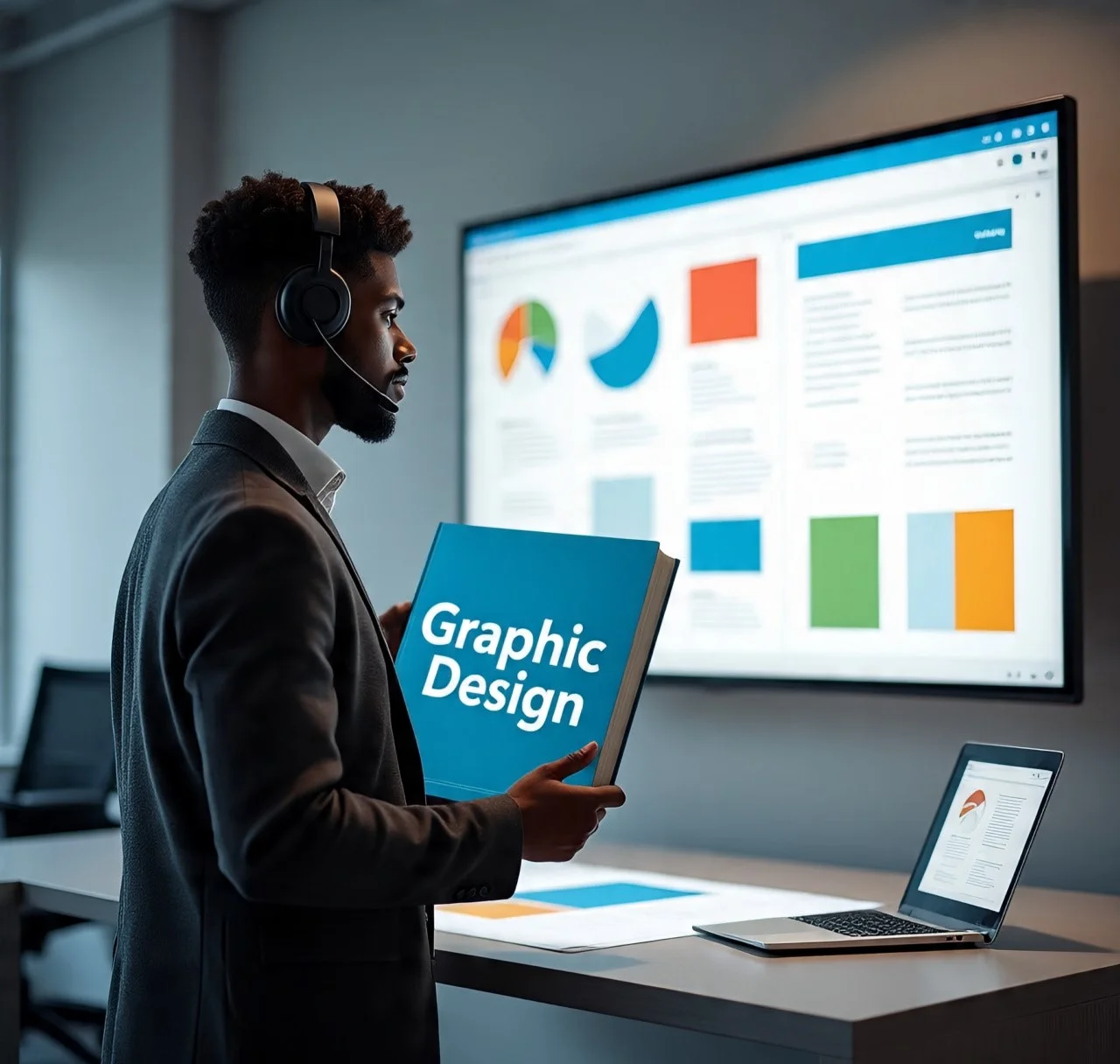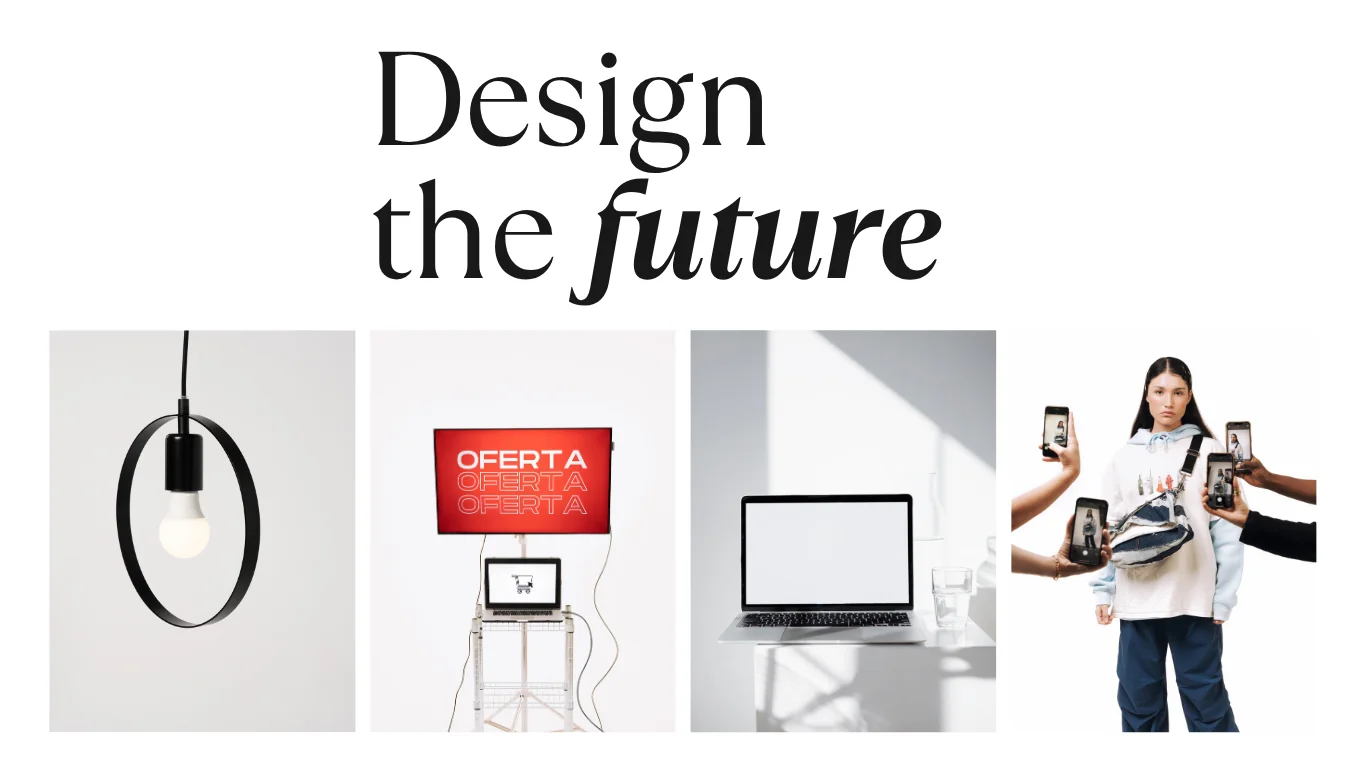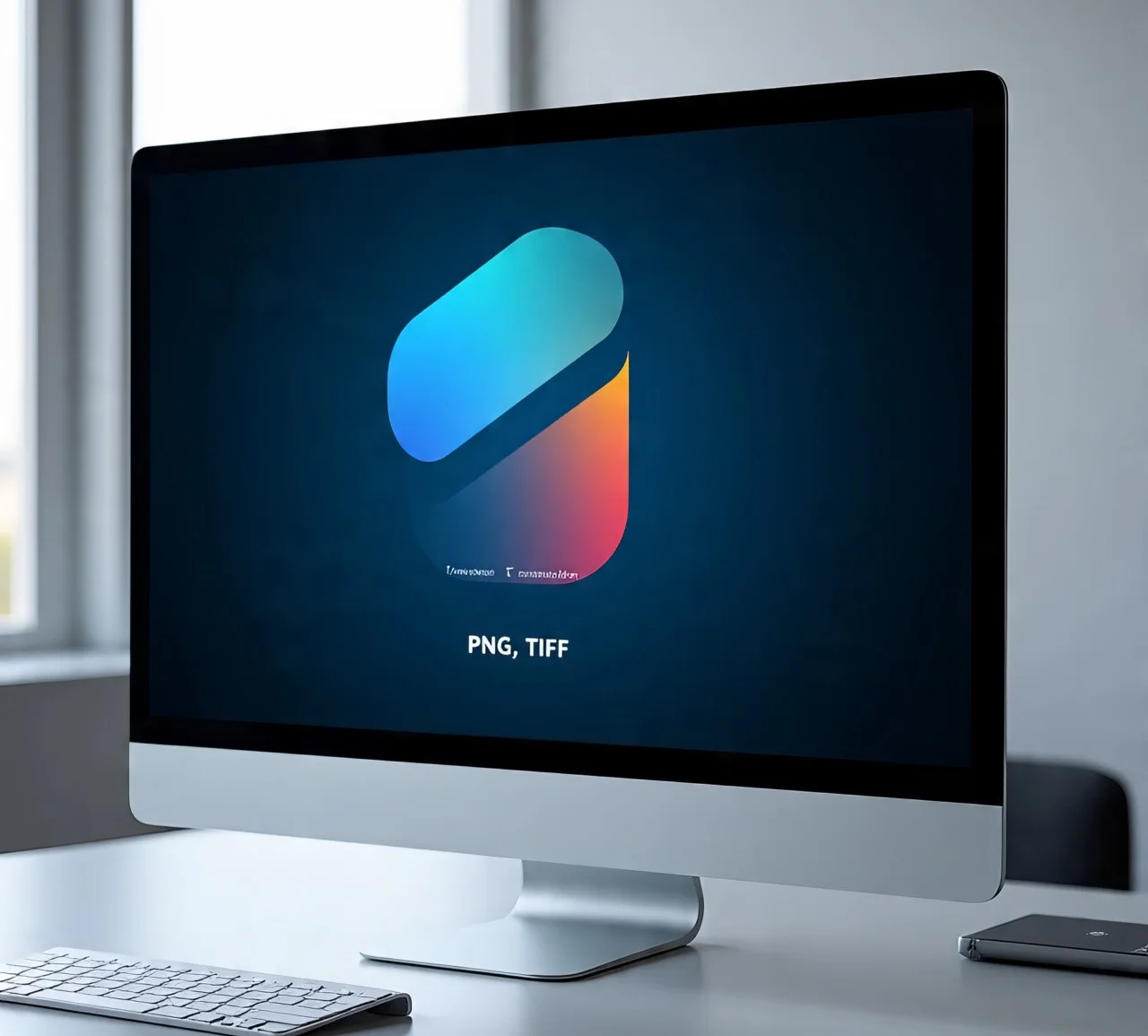
How to learn Graphic Design Process: 7 Powerful Steps to Achieve Stunning Results
Graphic Design Process: 7 Powerful Steps to Achieve Stunning Results is the ultimate guide for beginners and professionals who want to elevate their creative work. The graphic design process is more than just making things look attractive—it’s a proven framework that helps you plan, design, and deliver visuals that capture attention and communicate effectively. By following these 7 powerful steps, you’ll learn how to streamline your workflow, avoid common mistakes, and achieve truly stunning results in every project.
The graphic design process is a structured workflow that takes a project from concept to completion, ensuring that visuals are effective, on-brand, and aligned with the client’s goals. It typically includes research, ideation, design, feedback, and final delivery.
Introduction
Have you ever wondered how a designer turns a vague idea into a polished logo, poster, or website that feels just right?
It doesn’t happen by magic it’s the result of a clear, repeatable process that blends creativity with strategy.
In this article, we’ll break down the complete graphic design process, step by step, so whether you’re a beginner learning the ropes or a professional refining your workflow, you’ll know exactly how to deliver designs that impress clients and achieve results.
Why a Process Matters in Graphic Design
Skipping steps in design is like building a house without a blueprint you might get something, but it probably won’t be stable or functional. A defined process:
- Keeps the project organized and on schedule
- Ensures designs align with brand identity and business goals
- Saves time by reducing unnecessary revisions
- Builds trust with clients through transparency
- Produces higher-quality, strategic results

The 6 Essential Stages of the Graphic Design Process
1. Brief & Discovery
The starting point for any design project is understanding exactly what’s needed.
Key actions:
- Discuss project scope, objectives, and target audience.
- Understand brand voice, tone, and visual style.
- Identify deliverables, deadlines, and budget.
Pro Tip: Ask targeted questions like “What do you want the audience to feel?” this often reveals the brand’s true intention.
2. Research & InspirationOnce you know the goal, it’s time to gather insights.
Key actions:
- Analyze competitors and industry trends.
- Research audience preferences.
- Collect visual references (mood boards, Pinterest collections, Behance portfolios).
Pro Tip: Look outside your client’s industry for fresh design ideas innovation often comes from cross-pollination.
3. Concept Development
Now it’s time to brainstorm and create initial directions.
Key actions:
- Sketch multiple concepts on paper or digitally.
- Experiment with typography, color palettes, and layouts.
- Select the strongest 2,3 concepts to refine further.
Pro Tip: Don’t fall in love with your first idea give yourself room to explore alternatives.
4. Design & ExecutionThis is where ideas turn into high-quality visuals.
Key actions:
- Use professional software (Photoshop, Illustrator, Figma, etc.).
- Apply design principles: balance, hierarchy, contrast, alignment.
- Ensure assets meet brand guidelines.
Pro Tip: Work in layers and save different file versions you’ll thank yourself when revisions come.
5. Feedback & Revisions
Design is collaborative clients and stakeholders help refine the work.
Key actions:
- Present concepts clearly, explaining the reasoning behind choices.
- Accept constructive criticism professionally.
- Make adjustments while keeping the design’s core intent intact.
Pro Tip: Limit feedback rounds by agreeing on a maximum number in the initial contract.
6. Final Delivery
Once approved, the design is polished and prepared for real-world use.
Key actions:
- Export files in the correct formats (.JPG, .PNG, .PDF, .SVG, etc.).
- Provide web-optimized and print-ready versions.
- Organize and share files via cloud storage or project management tools.
Pro Tip: Always keep a copy of your work for your portfolio and potential future updates.

Bonus Stage: Post-Launch Review
Many professionals skip this but the best designers review how their work performs in the real world. Did it engage the audience? Did it boost conversions or awareness? Learning from results improves future projects.
Tools That Streamline the Design Process
- Briefing & Collaboration: Notion, Trello, Asana
- Research & Inspiration: Pinterest, Behance, Dribbble
- Design & Execution: Adobe Creative Cloud, Figma, Affinity Suite
- Feedback & Delivery: InVision, Dropbox, Google Drive
Common Mistakes to Avoid
- Skipping research and relying on guesswork
- Designing for personal taste instead of audience needs
- Ignoring accessibility (color contrast, readability)
- Overcomplicating layouts with too many elements
- Delivering without testing for real-world application
FAQ (For SEO & Voice Search)
Q: How long does the graphic design process take?
A: It depends on project scope simple designs may take a few days, while brand identities can take weeks.
Q: Can I skip the research stage?
A: Not if you want effective results. Research ensures designs are strategic, not just decorative.
Q: Do I need expensive tools to start?
A: No free tools like Canva or GIMP can work for beginners, but professionals often use Adobe or Figma.
7 Powerful Steps to Achieve Amazing Results in the Graphic Design Process.

Conclusion
The graphic design process is more than just “making things look pretty” it’s a structured approach that combines creativity, research, and strategy to produce visuals that work. Whether you’re creating a brand logo, a social media ad, or an entire website, following this process ensures your work is impactful and professional.
In the next article of this series Top 10 Graphic Design Tools Every Designer Should Master we’ll cover the software and platforms that make this process faster, smoother, and more creative.



